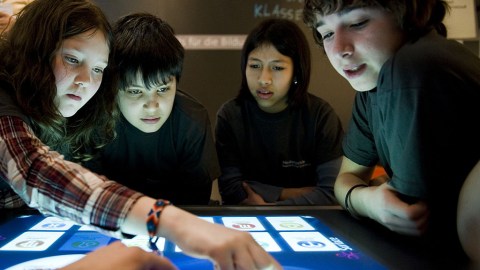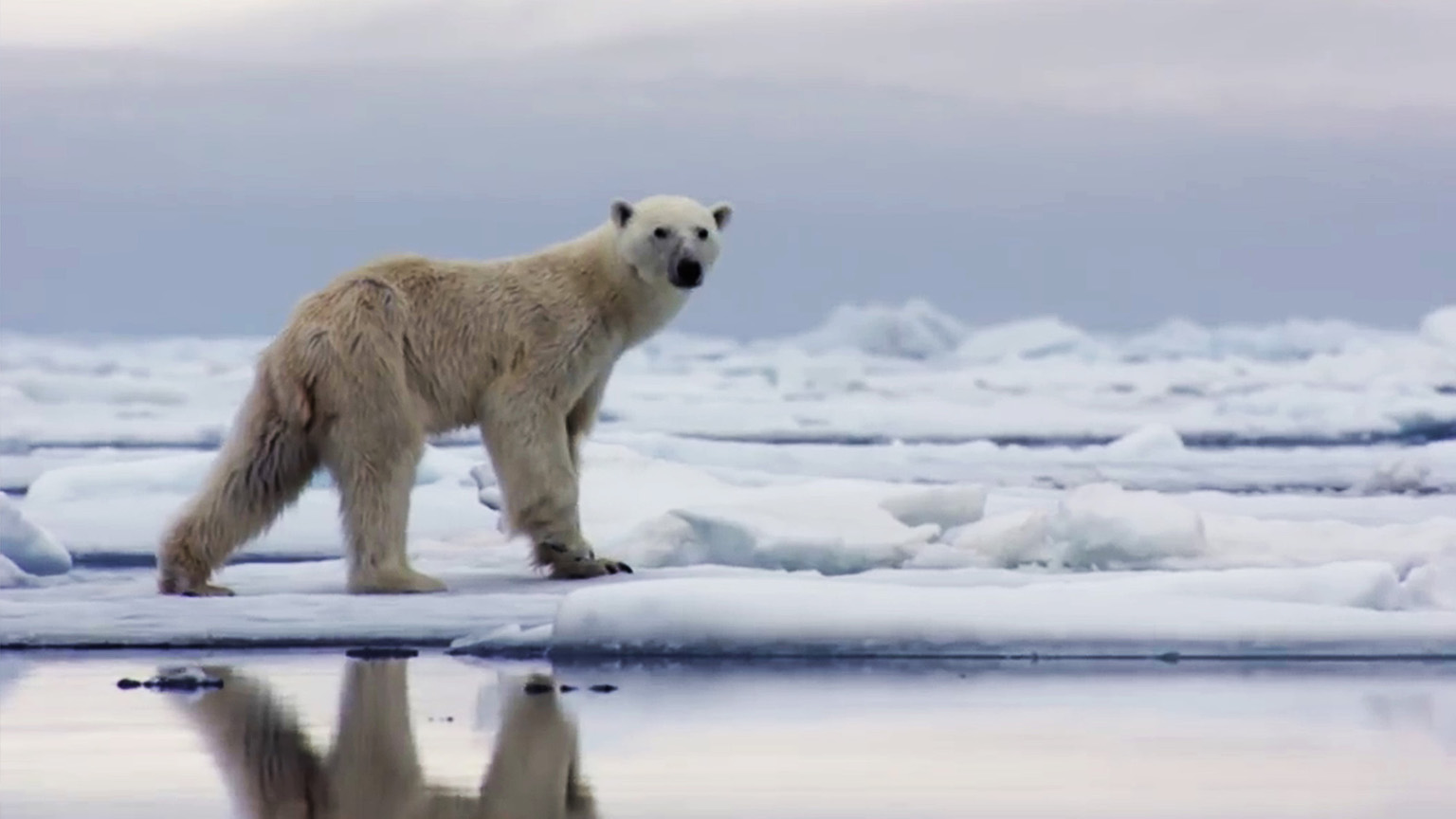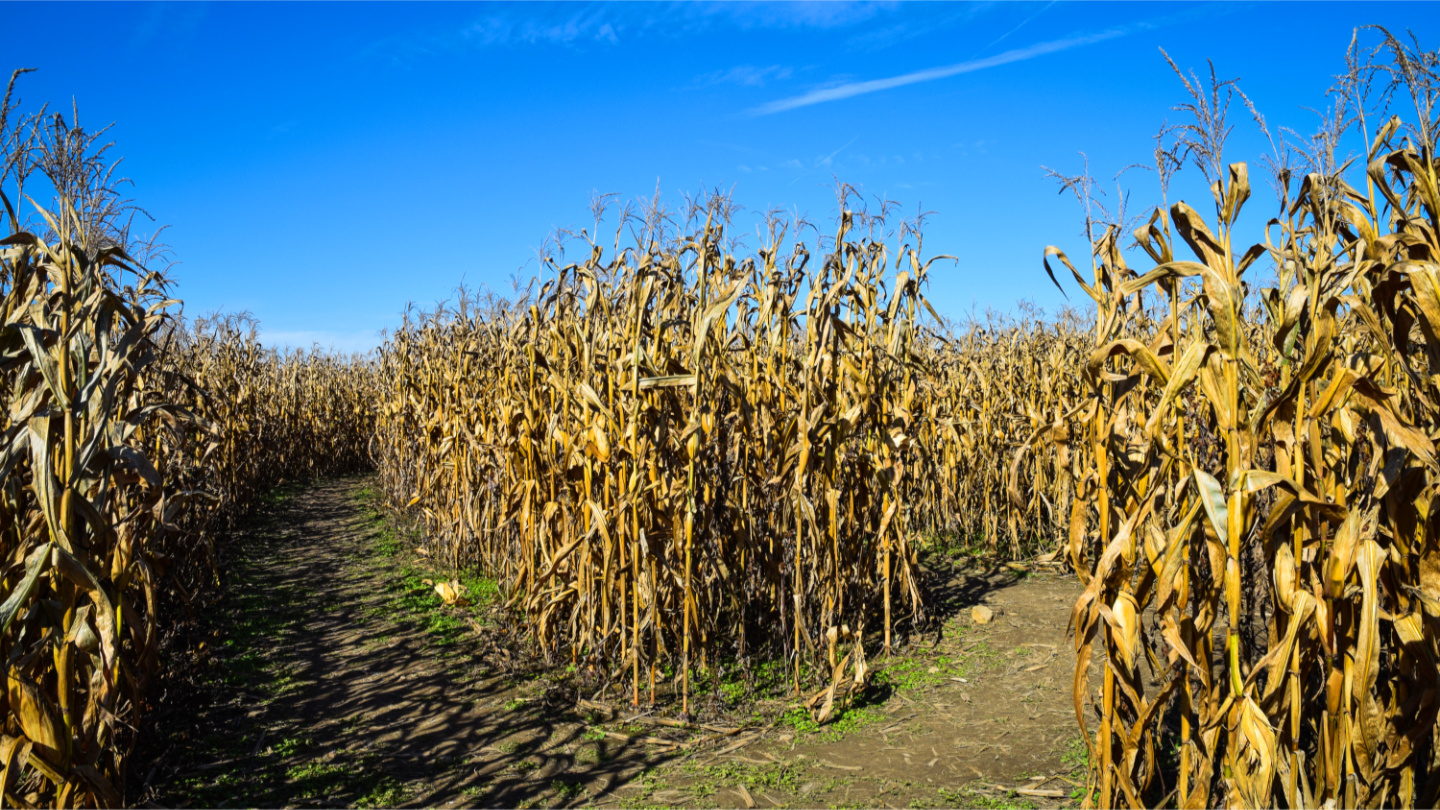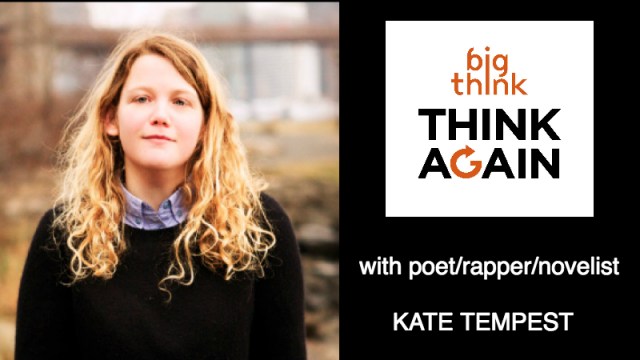Healthy Eating App Teaches Students Climate Change

Any parent with kids probably knows how challenging it can be to get them to eat healthy foods like vegetables. There’s recommendations about when to introduce sweets, how to make food interesting, and how to avoid vegetable tug-of-war at each meal. The dinner table can become even more of a battleground for parents who want to feed their kids foods that are good for the planet, such as locally-sourced produce.
Enter technology to save the day. The Food for Thought app, created by the University of Illinois, brings the topic of climate change to middle schoolers through the lens of what they choose to eat. In the app, students can pick and choose various food items to fill a virtual dinner plate. As they do so, the app calculates nutritional information as well as the carbon footprint of that item being added.
The result is that kids start to develop a sense for both nutritional information and the types of food that are better for the planet. And they learn about data analysis along the way, since the app displays a number of graphs and other information for students to process. One teacher noted that the app is particularly empowering for youth, who may not be able to control many of the decisions in their life, but who can advocate to eat certain types of food at home or when they are out at restaurants.
Perhaps the Food for Thought game can help science teachers who want to introduce climate change topics in the classroom but aren’t sure how to do so. Past observations of how teachers bring up climate change shows that there is still some confusion as to the most widely accepted scientific findings thus far. For instance, teachers often failed to discuss global warming as a mainly-human phenomenon. Maybe, digital lessons will become part of an alternative teaching strategy.
—
Header Image: JENS SCHLUETER / Staff





